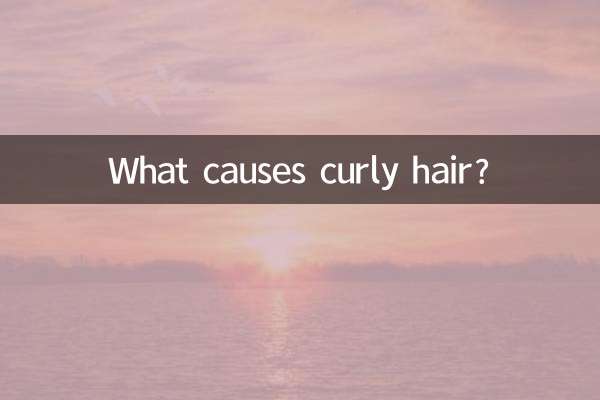When should sunscreen be removed? Scientific Skin Care Guide
With the arrival of summer, sunscreen has become a must-have for daily skin care. But there has been controversy about whether and when sunscreen needs to be removed. This article combines hot topics and expert advice on the Internet in the past 10 days to provide you with structured data and analysis to help scientific skin care.
Makeup removal needs of sunscreen mainly depend on its ingredients and type:

| Sun protection type | Ingredient characteristics | Do you need to remove makeup? |
|---|---|---|
| Physical sunscreen | Contains titanium dioxide, zinc oxide and other particles | Recommended for makeup removal (particles need to be thoroughly cleaned) |
| chemical sunscreen | Contains octocrylene, avobenzone, etc. | Can be removed by ordinary cleansing (some waterproof models require makeup removal) |
| Waterproof sunscreen | Contains film-forming agents (such as polydimethylsiloxane) | Makeup must be removed (special makeup remover required) |
The makeup removal time varies depending on the usage scenario and skin condition:
| scene | Recommended makeup removal time | reason |
|---|---|---|
| daily commute | When cleansing at night | Sunscreen gradually loses effectiveness due to sweating and friction |
| outdoor activities | Remove makeup immediately after the event | Sunscreen mixed with sweat and dust can easily clog pores |
| swimming or strenuous exercise | Within 30 minutes after getting out of the water/exercise | Waterproof sunscreen needs to be removed promptly to prevent acne |
Based on the popularity of discussions on social platforms in the past 10 days, the following high-frequency questions have been sorted out:
1. “Do I need to remove makeup when I only apply sunscreen?”
Answer: Non-waterproof sunscreen can be washed with mild cleanser; waterproof or physical sunscreen needs makeup removal.
2. “What should I do if my skin becomes dry after taking off sunscreen?”
Recommendation: Choose makeup remover oil or makeup remover balm, avoid alcohol-based makeup remover, and moisturize in time afterwards.
3. “Can sunscreen residue cause acne?”
Data: Studies show that waterproof sunscreen that is not thoroughly cleansed may clog pores (23% more likely).
According to dermatologist recommendations, the correct process is as follows:
1.Determine the type of sun protection: Check whether the product is marked "waterproof" or "requires makeup removal".
2.Choose makeup remover products: Cleansing water/gel for oily skin, cleansing oil/balm for dry skin.
3.cleaning time: Makeup removal massage for no more than 1 minute, avoid excessive friction.
4.Secondary cleaning: Wash again with amino acid cleanser (omit for sensitive skin).
A beauty community tested the difficulty of removing makeup of three popular sunscreens:
| sunscreen products | Makeup removal tools | Cleanliness rating (5-point scale) |
|---|---|---|
| Anai sun gold bottle (waterproof type) | cleansing oil | 4.8 |
| Biore water-based sunscreen (chemical type) | cleanser | 4.2 |
| Fancl physical sunscreen | Makeup remover balm | 4.5 |
Summarize:Sunscreen makeup removal needs to "vary from product to product." Ordinary sun protection can be solved by cleansing. For waterproof or physical sun protection, it is recommended to use special makeup remover products and clean them in time on the same day to balance protection and skin health.

check the details

check the details